Broome’s Pied Oystercatchers are breeding again
10,000 Birds
JULY 31, 2022
Well, it is that time of year again and shorebirds are breeding. Hopefully all of the migratory shorebirds that left Roebuck Bay earlier this year have been successful at breeding in the Northern Hemisphere and will soon be heading back to our shores. It has been a very rare occurrence that three eggs have been laid.

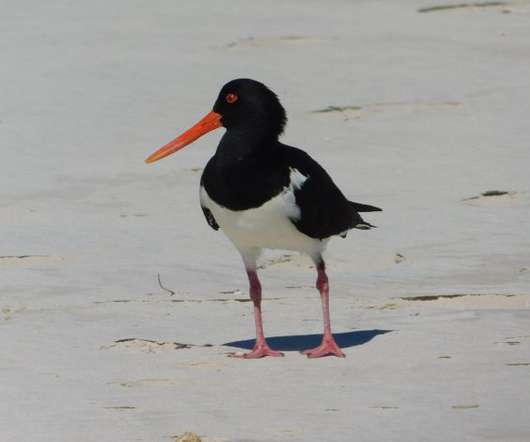
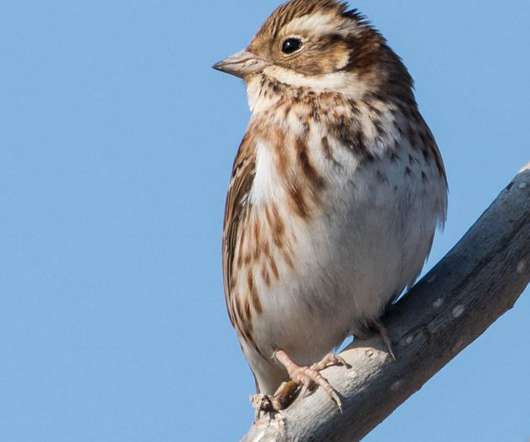







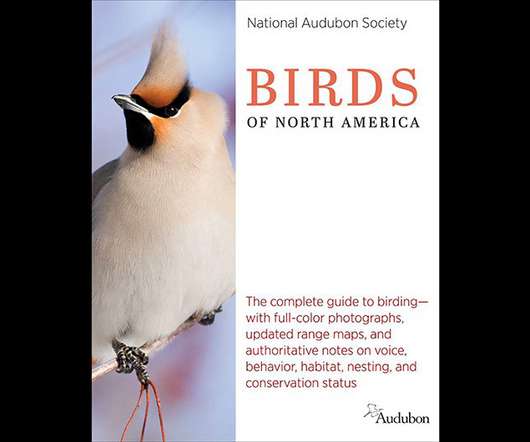






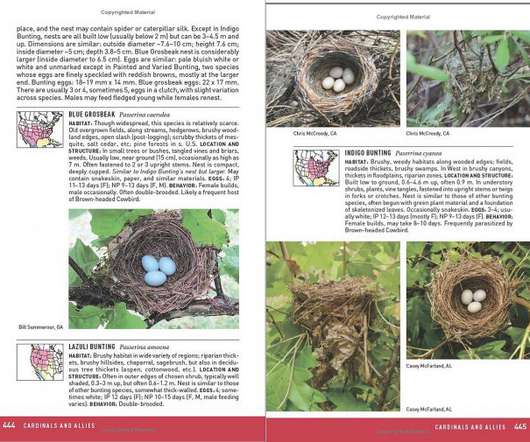

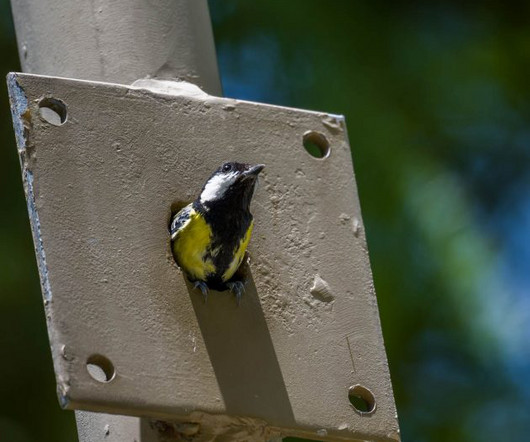








Let's personalize your content